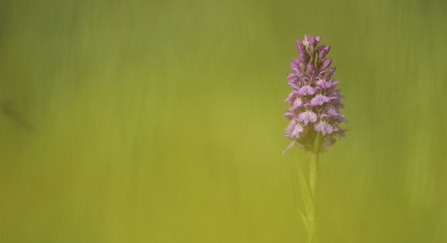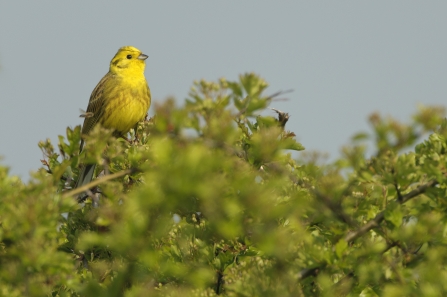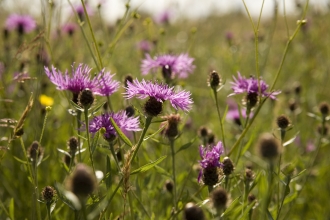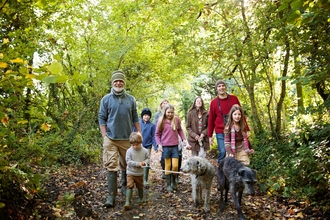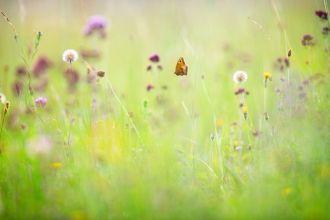In mid-June, I decided to visit Homefield Wood by foot, as part of a longer country walk. I began my walk from Lane End, near High Wycombe, and ended at Mill End, Hambleden, between Henley and Marlow. This is just one route available; circular walks can also be enjoyed, starting for example at Medmenham or Marlow Common.
This part of the Chilterns is scenic, quiet and criss-crossed by public rights of way, and visiting local nature reserves like Homefield wood or Hog and Hollowhill Woods can be turned into an inspiring day out.
From Lane End, I walk toward Freith and through another Site of Special Scientific Interest, Moorend Common, a mixture of marshy clearings and ancient woods. Butterflies – red admiral, marbled white - enliven the areas of heathland. The glades have been here a long time; quite mature beech trees stretch their branches into the clearings’ light.
Swallows flit around the edge of the mixed woodland, and common spotted orchids abound underfoot. One can also see southern marsh and heath spotted orchids here.
I emerge onto the Frieth Road, walking in the direction of Marlow along a narrow lane, edged by thick hedgerows which are full now with mature bracken. The hilltop meadows give a sense of space and remoteness; farm lanes seem to disappear into the horizon and the sky is full of swifts and of skylarks, singing as they rise vertically above the arable fields, their melodies mixing with the ubiquitous whistle of the area’s numerous red kites.
Skylarks have become a rarer sight over the last half-century, their nests on the ground becoming one of the victims of modern, intensive farming; in the more distant past they were eaten as a delicacy. It’s good to see and hear them in the Chilterns.


